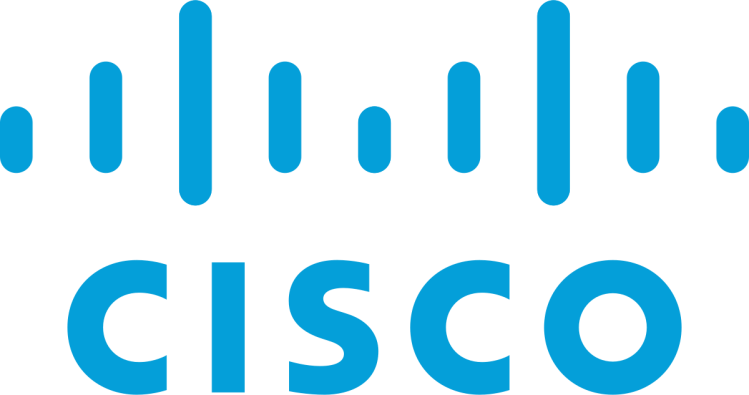By 2022, mobile internet traffic will reach an annual run rate close to a zettabyte (270 bytes) and represent nearly 20 percent of global IP traffic, equating to 930 exabytes (1018 bytes) annually — roughly 113 times more than all traffic generated in 2012. Meanwhile, the number of mobile users worldwide will increase in the next five years to 5.5 billion users, an uptick of half a billion from 5 billion users in 2017.
That’s all according to Cisco, which today updated the Mobile Visual Networking Index (VNI) forecast it first began issuing over a decade ago. Along with a steady upward climb in smartphone usage, the San Jose company predicts that mobile-ready and internet of things (IoT) devices will continue to experience steady growth in popularity, and that mobile network speeds will increase nearly threefold.
“As global mobile traffic approaches a zettabyte era, we believe that 5G and Wi-Fi will coexist as necessary and complementary access technologies, offering key benefits,” Jonathan Davidson, senior vice president and general manager of Cisco’s service provider business, said in a statement.
Specifically, Cisco says that there will be more than 12 billion IoT and mobile-ready gadgets connected to the web by 2022, up from about 9 billion in 2017. And it expects that average global mobile network speeds will increase from 8.7Mbps in 2017 to 28.5Mbps by 2022, driven in part by the adoption of 5G.
June 5th: The AI Audit in NYC
Join us next week in NYC to engage with top executive leaders, delving into strategies for auditing AI models to ensure fairness, optimal performance, and ethical compliance across diverse organizations. Secure your attendance for this exclusive invite-only event.
On the subject of 5G, Cisco forecasts it’ll represent over 3 percent of total mobile connections (over 422 million global 5G devices) and that it’ll account for nearly 12 percent of global mobile traffic data. (Meanwhile, 4G will be responsible for 54 percent of connections, up from 35 percent in 2017.) On average, the company says, 5G connections will generate about 3 times more traffic (22GB per month) than the typical 4G connection (8GB per month).
Despite the growth in 5G, Wi-Fi will be the way most people connect to the internet for the foreseeable future, according to Cisco. It predicts that 59 percent of total mobile data traffic will be offloaded to Wi-Fi, compared with 54 percent in 2017; that 51 percent of total IP traffic will be transmitted over local wireless (versus 20 percent mobile); and that, globally, total Wi-Fi hotspots will grow 4 times from 2017 to 2022 (124 million to 549 million).
Interestingly, Cisco’s also projecting that lower-power wide area networks (LPWAN) — wireless wide area networking technology that enables connected devices to communicate over large geographical areas at a low bit rate — will see a slight uptick in usage the next few years. By 2022, it expects LPWA networks will support 14 percent of mobile devices, up from 1.5 percent two years ago.


